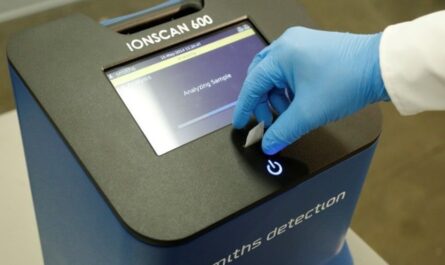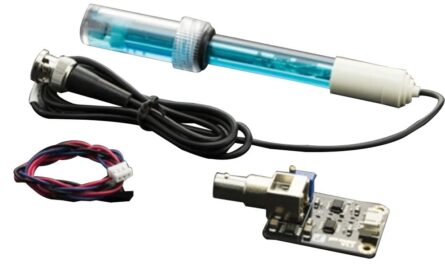3D Bioprinting: The Future of Medicine
3D bioprinting is an innovative technology that uses living cells and biomaterials to print human tissues and organs. This cutting-edge field holds tremendous promise for the future of medicine as it could enable the fabrication of tissues and organs on demand. Here is an in-depth look at 3D bioprinting and how it is poised to revolutionize healthcare.
The Dawn of 3D Bioprinting
The concept of 3D bioprinting originated in the mid-1980s when scientists began experimenting with printing basic cell structures. However, it was not until the early 2000s that the first functional 3D bioprinters were developed. Pioneering researchers printed simple layered structures made of living cells and biomaterials. Since then, the field has advanced rapidly with improved bioprinters, biomaterials, and a better understanding of cellular processes. Today, 3D bioprinting has emerged as a promising multi-disciplinary field at the intersection of biology, materials science, and engineering.
How 3D Bioprinting Works
A 3D bioprinter works by depositing bio-inks made of living cells, biomaterials, and support materials layer by layer based on a digital model. The bio-inks solidify or gel shortly after deposition, allowing subsequent layers to be placed on top without disturbing existing constructs. Bio-inks are typically made of hydrogels derived from natural biomaterials like collagen, gelatin, hyaluronic acid etc. or synthetic materials like polymers. Cells are embedded within these hydrogel matrices to ensure viability.
Precisely patterned deposition of bio-inks containing different cell types allows for the fabrication of tissues with multiple cell types arranged in an anatomically correct 3D structure. Support materials may also be used to hold layers together and maintain shape during or after printing. Recently developed bioprinters can print with multiple bio-inks simultaneously, achieving unparalleled control over composition and architecture.
Applications in Regenerative Medicine
3D bioprinting holds tremendous potential to revolutionize regenerative medicine and tissue engineering. Researchers worldwide are working towards developing human tissues and organ constructs using this technology. Some key application areas include:
Skin – Several research groups have successfully printed skin grafts and performed transplantation studies in animals. These printed skins show potential as an alternative to donated skin grafts.
Bone & cartilage – Researchers have printed osteochondral constructs mimicking bone-cartilage interfaces. Clinical trials of printed cartilage implants are also underway.
Blood vessels – Vascular networks are essential for the vascularization and survival of thicker tissues. Scientists have made strides in printing larger vascular grafts.
Liver – The liver’s complex architecture makes it a challenging prospect. Nevertheless, efforts continue towards printing functional liver tissue and hepatic organoids.
Kidney – With over 100,000 on kidney transplant waiting lists worldwide, biomimicking kidney structures using 3D bioprinting could revolutionize renal care.
Research Challenges & the Road Ahead
While promising, 3D bioprinting still faces challenges related to biomaterials, cell sources, vascularization, and long-term tissue development before printed organs can be transplanted. Some open questions include standardizing bio-inks, optimizing fabrication parameters, ensuring tissue maturation and vascularization post-printing. Increased computational power may enable detailed modeling and optimization of organ architectures.
Overall, 3D bioprinting is an evolving field with continual technological advancements leading to greater resolution, higher cell densities, and more complex tissue structures. With time, researchers aim to print thicker tissues for clinical applications. Combining 3D bioprinting with other enabling technologies like stem cells, growth factors, and tissue engineering holds the key to whole organ fabrication in the future. Though hurdles remain, this innovative field promises to transform medicine with customized living grafts, reduced organ shortage, and improved patient outcomes.
*Note:
1. Source: Coherent Market Insights, Public sources, Desk research
2. We have leveraged AI tools to mine information and compile it



